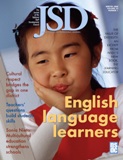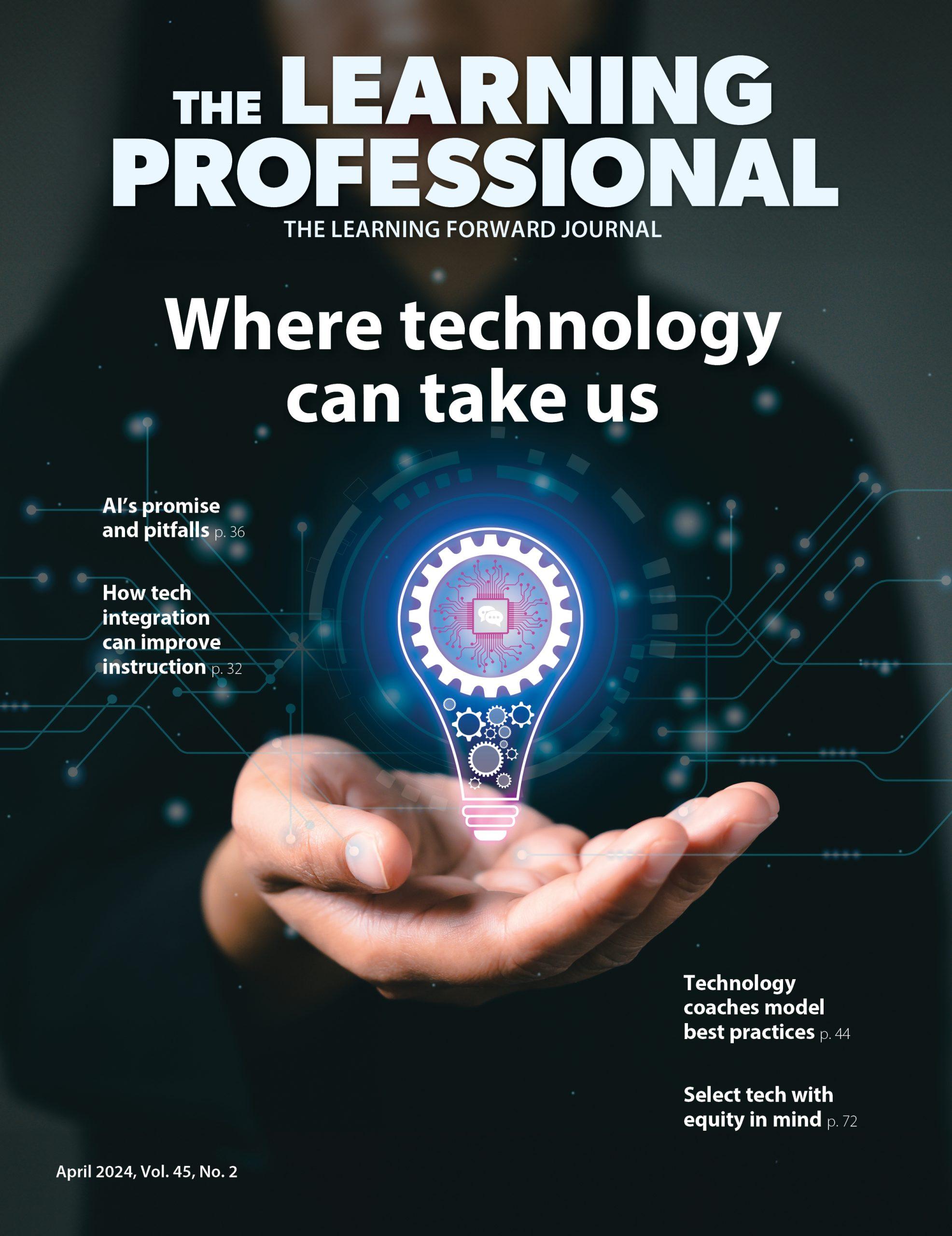
English Language Learners
January 2008
Vol. 29 No. 1
Read the remaining content with membership access. Join or log in below to continue.
Sed ut perspiciatis unde omnis iste natus error sit voluptatem accusantium doloremque laudantium, totam rem aperiam, eaque ipsa quae ab illo inventore veritatis et quasi architecto beatae vitae dicta sunt explicabo. Nemo enim ipsam voluptatem quia voluptas sit aspernatur aut odit aut fugit, sed quia consequuntur magni dolores eos qui ratione voluptatem sequi nesciunt. Neque porro quisquam est, qui dolorem ipsum quia dolor sit amet, consectetur, adipisci velit, sed quia non numquam eius modi tempora incidunt ut labore et dolore magnam aliquam quaerat voluptatem.
In This Issue
ARTICLES
Marbled Pastrami Is A Metaphor For A Well-Connected Life
I believe in pastrami — well-marbled pastrami. Hot, thinly sliced, piled on fresh rye bread with dark mustard and a crisp dill pickle. I believe that pastrami is a metaphor for a well-lived life, for a well-designed institution, and even for healthy relationships. Pastrami is marbled rather than layered. Its parts, the lean and the fat, are mixed together rather than neatly separated. Too much of life is lived by adding layers that don’t really connect with one another.
Four Mental Aptitudes Help Facilitators Facing Challenges
Facilitation is planned improvisation. Within learning communities, groups examine student work, talk about data, plan, look for solutions to problems, and reflect upon their own learning. Facilitators guide with planned agendas and selected protocols. Yet the unexpected can and frequently does happen. Facilitation, like teaching, is cognitively complex and has the added tensions associated with performing leadership tasks in front of colleagues.
Social To Academic
Jennie Perez began the 2003-04 school year with apprehension. Over the summer she had been assigned to teach a mainstream 4th-grade class. Perez (apseudonym) had experience teaching younger students, including English language learners (ELLs), but she was new to teaching older students to read and write denser, more academic texts. Although her curriculum materials were new and aligned with state standards, she was worried that they would not be accessible to most of her students, half of whom were ELLs and all of whom struggled with reading and writing in academic ways. During the previous year, nearly all of the 4th graders attending this school scored at the “failing” or “needs improvement” levels on the statemandated English language arts exam.
Begin By Developing Awareness And Assessing Readiness
As the demographic landscape shifts, schools encounter increasingly diverse student populations. Districts and schools are turning to staff developers to help teachers develop cultural proficiency that will allow them to be successful in this changing environment. The question for staff developers is how best to support teachers in gaining a new set of skills and attitudes.
Asking The Right Questions:
How often are English language learners (ELLs) relegated to the back of a mainstream classroom to talk over, in their native language, what the teacher has been discussing in English? The teacher is hoping that at least one of these students knows enough English to translate for her and also has enough know-how to lead a small-group conversation. All of this follows a lesson where the teacher taught without using any visuals, made notes all over the white board and called only on native English speakers.
Stronger And Better
Today’s schools are being asked to achieve something they have never before been asked to achieve — ensure that all students achieve high standards of learning. Educators are committed to the goal that every student graduates and is prepared for post- secondary education or entry into the workforce. In our view, this goal requires educators to work together toward ensuring student success.
The Necessity Of Diversity
JSD: In Affirming Diversity (Allyn & Bacon, 2008), you write, “In spite of all its shortcomings, and although it has never lived up to its potential, public education remains a noble ideal because it is one of the few institutions that at least articulates the common good, if not always achieves it. Public education remains the last and best hope for many people for a better life.” Could you speak about that?
Student Achievement Scores Prove Professional Learning's Merit
For more than a decade, NSDC has been steady in its push for educators to use student achievement as the measure of whether professional development has been effective.
School District Is Eloquent In The Language Of Cultural Respect
His parents named him Youssef. His teachers called him Joe. But when Youssef Mosallam returned to the Dearborn (Mich.) Public Schools years later — as an employee — he reclaimed his name and his heritage. Colleagues now introduce him to newcomers as Youssef.
Signs Of Success
When students walk into Dan Treinis’ technology education classroom, they are greeted by a visually rich environment. Posters with positive slogans cover the walls. Machines, closets, and tools are labeled. Computers line one wall where students can view a video in which Treinis demonstrates the class safety rules: Roll up your sleeves, tie back your hair, and take off any necklaces. These visual supports help all students learn, but they are especially important for helping English language learners (ELLs) participate meaningfully in his class.
Let's Make It Our Job To Find Solutions
I am fascinated by Wikipedia (www.wikipedia.org), and not because it’s a compelling social or technological phenomenon. Every time I hit the “random article” link, I discover an article written by an informed person who has great passion about a very specific topic.
The Power Of Two Lesson Study And SIop Help Teachers Instruct Ells
Through the combination of two professional development strategies — lesson study and the Sheltered Instruction Observation Protocol (SIOP) — we were able to help teachers in Freeport Public Schools, a district on Long Island, N.Y., provide effective instruction for ELLs in mainstream classrooms. The unique combination of the two models underscored the strengths of both in terms of teacher development and impact on student learning.
Beyond Open Houses
For years, well-intentioned educators have arranged school open houses to encourage language minority families to participate in their children’s education. These educators know that decades of research tout the benefits of schools partnering with parents. Yet the results of such events are often discouraging. More teachers than parents attend, leaving platters filled with uneaten cookies and teachers grumbling that “these people don’t care about education. Our efforts are pointless.”
Recent Issues
CURRICULUM-BASED PROFESSIONAL LEARNING
October 2024
High-quality curriculum requires skilled educators to put it into practice. Professional learning can ensure instructional materials lead to excellent teaching and learning.Read the remaining content with membership access. Join or […]
LEARNING TO PIVOT
August 2024
Sometimes new information and situations call for major change. This issue shows how professional learning helps educators pivot, by bridging the gap between knowing better and doing better.Read the remaining […]
GLOBAL PERSPECTIVES
June 2024
What does professional learning look like around the world? This issue explores what educators can learn from each other across geographic borders.Read the remaining content with membership access. Join or […]
WHERE TECHNOLOGY CAN TAKE US
April 2024
Technology is both a topic and a tool for professional learning. This issue examines benefits, challenges, and what learning leaders need to know.Read the remaining content with membership access. Join […]






